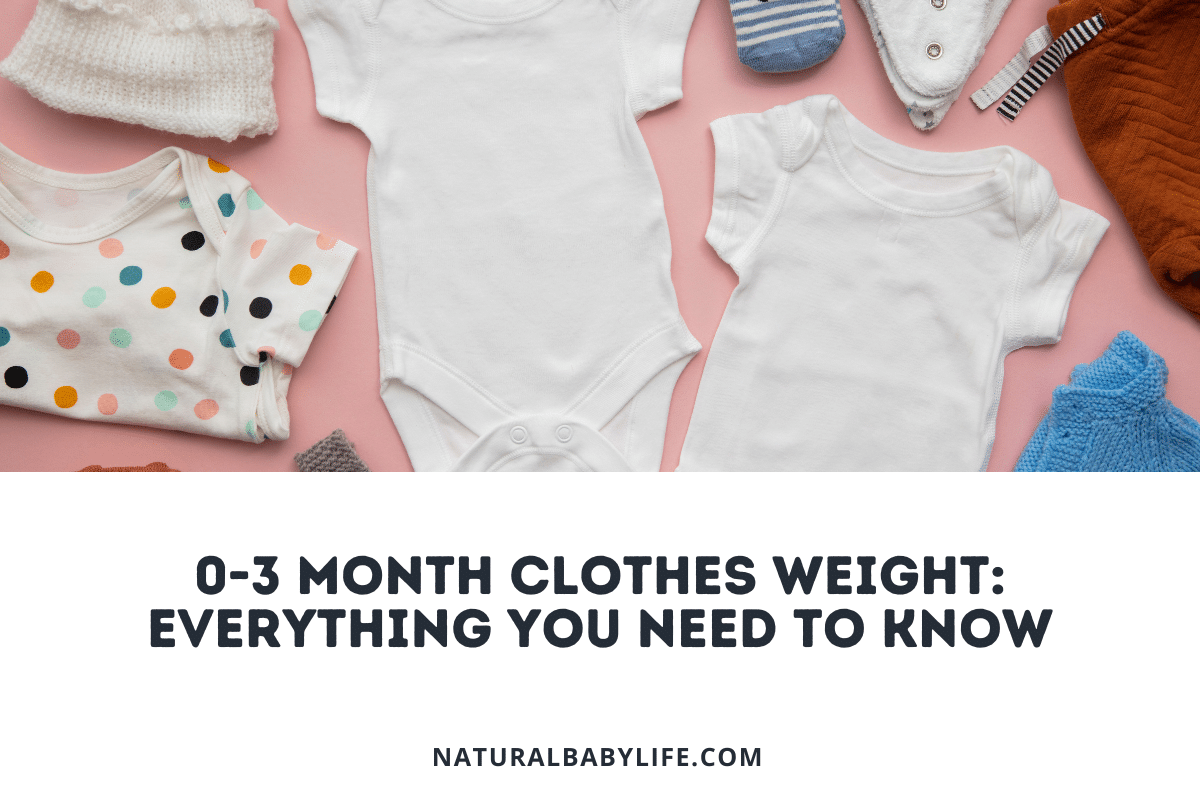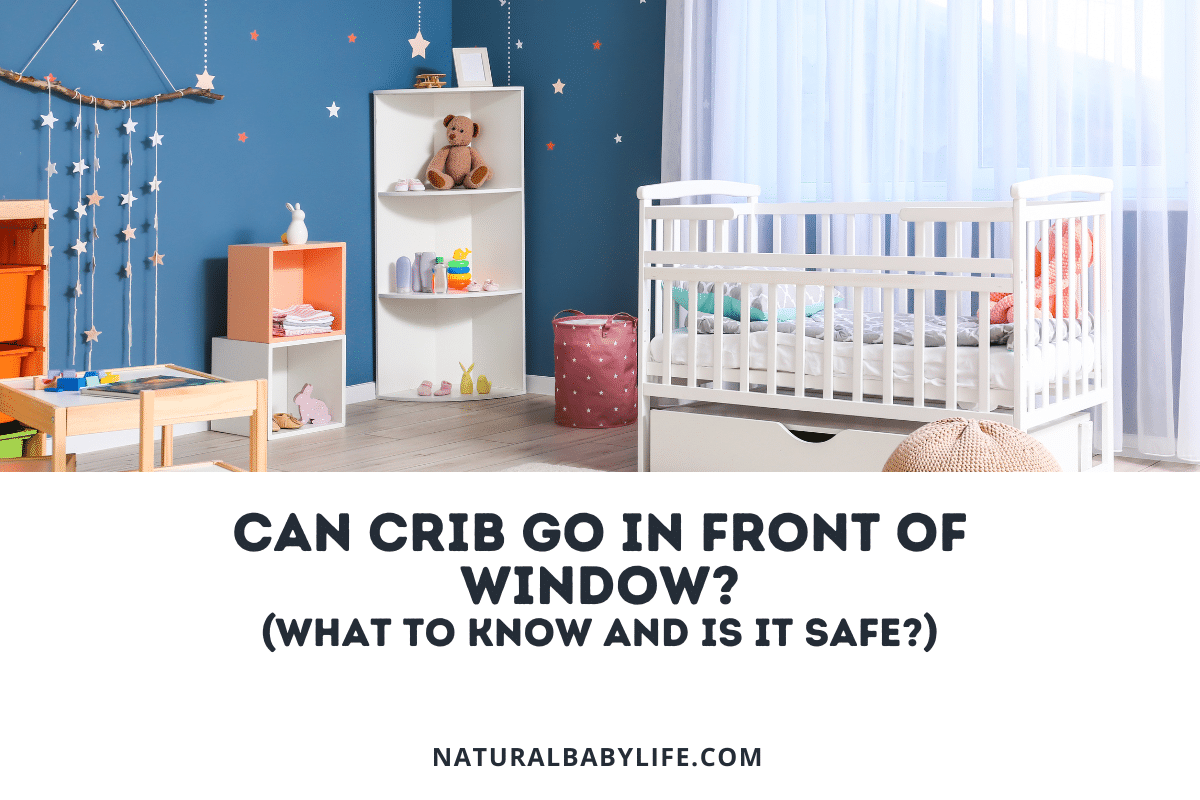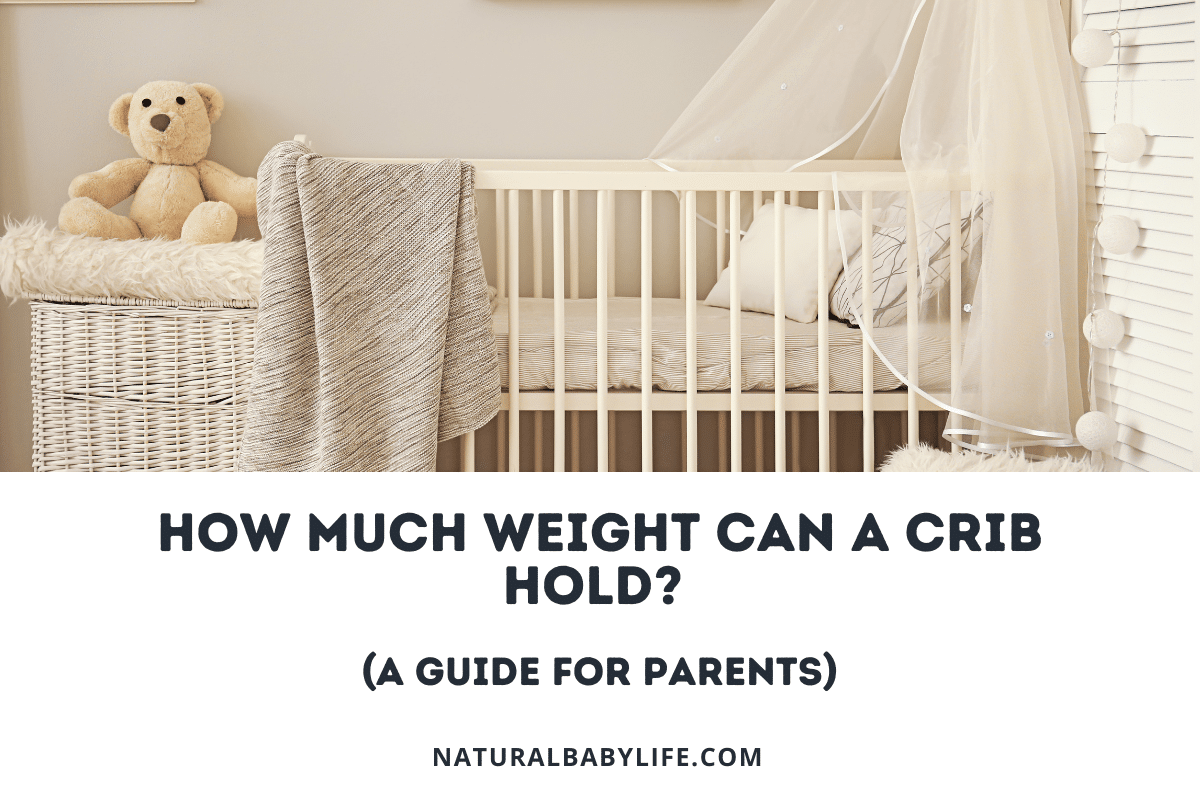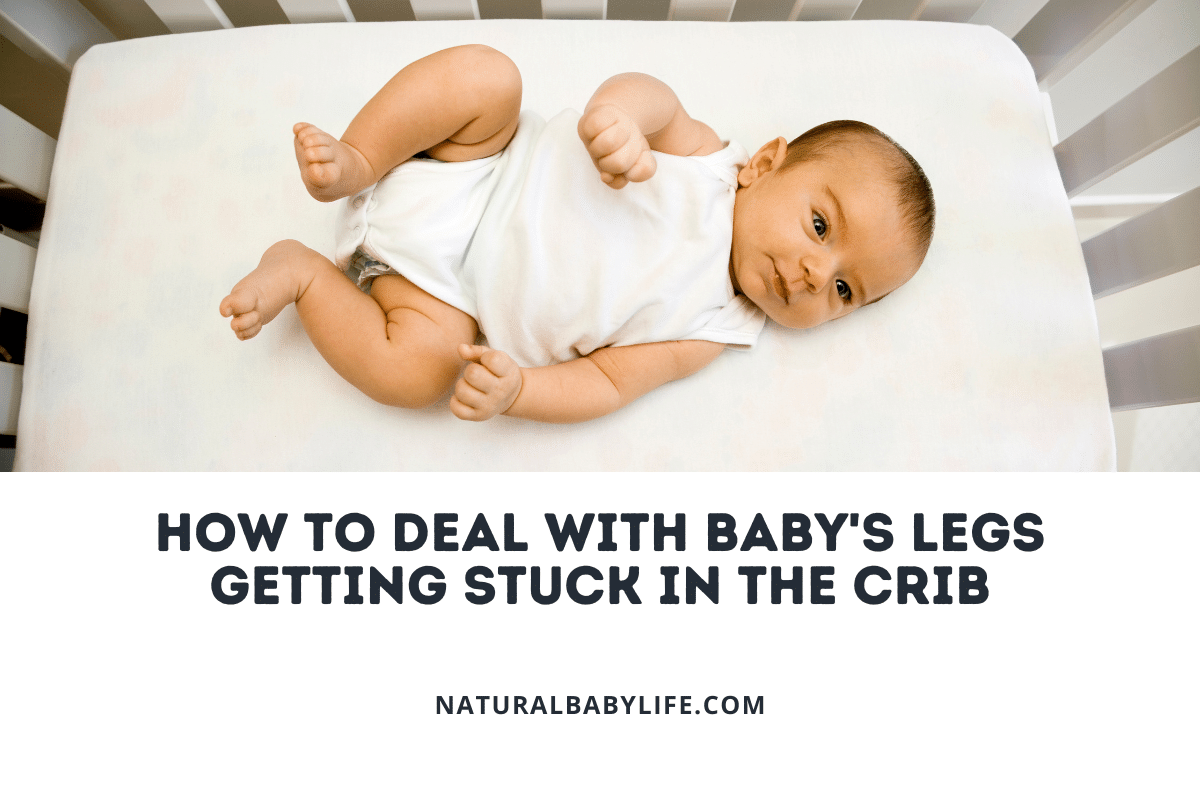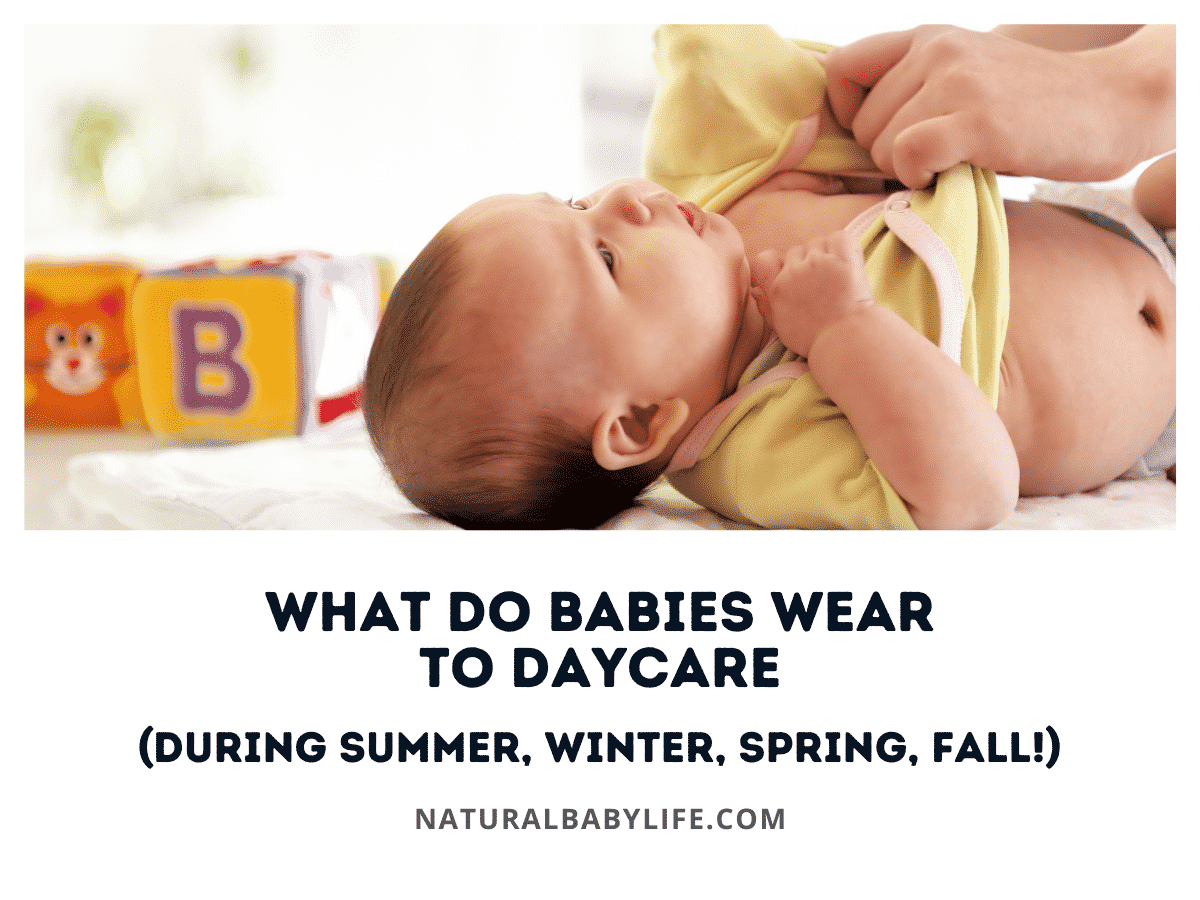With so many rules about sleep, it can be hard for a parent to sort through the information and feel confident that their sleeping baby is safe. Are you wondering whether your baby can wear socks to bed? There are some things to keep in mind when making the decision for your family.
Wearing socks to sleep can help your baby regulate his body temperature and sleep more soundly. Your baby can wear socks to bed provided a few conditions are met to ensure safety. Choose socks that will not present a choking hazard if they come off while your baby is sleeping. You should also monitor your baby to make sure she doesn’t overheat.
Read on to find out the scenarios in which it is safer for your baby to wear socks and which conditions pose risk to your little one.
Table of Contents
Can my baby sleep in socks?
The American Academy of Pediatrics (AAP) does not specifically endorse or disclaim socks for sleeping babies, but they do have one piece of guidance all parents should know: do not let your baby overheat.
Parental instinct may tell you to bundle your little babe up nice and snug, especially if you have a winter baby. Keep in mind, though, that overheating increases a baby’s risk of Sudden Infant Death Syndrome (SIDS).
As you are learning your new baby and their temperature regulation, check on them frequently to prevent overheating. This is particularly important for newborns, who have more difficulty regulating body temperature.
Monitoring your baby’s temperature
Here are some signs that you can look for in evaluating your baby’s temperature.
Babies who are too warm may have an overly rosy face, damp hair, moist, sweaty skin, or even be breathing too rapidly.
Babies who are too cold may have skin that feels chilled to the touch on their cheeks, ears, or belly. It is normal for babies to have cooler hands or feet, so try not to worry too much if they seem a little cool.
Dressing baby for sleep
The general rule for dressing babies indoors is that you should layer them as you would for yourself in the same conditions, plus one more layer. This is exactly why there is not a hard and fast rule about socks. We all set our thermostats at different temperatures and have different home conditions, whether it be drafty windows or the placement of the baby’s room.
Consider the pajamas you are putting on the baby. Do they have footies? That makes one layer, and a swaddle or sleep sack will make two.
When dressing your baby for sleep, be sure to avoid socks that are too tight or too loose; you want Goldilocks socks. Socks that are too tight can cause sock-line hyperpigmentation, which is a cosmetic condition that can be permanent. Conversely, socks that are too loose could fall off and disrupt your baby’s sleep if it is a little too cool. In the worst-case scenario, a sock that works its way to your baby’s face could impede breathing.
Also, save socks with decorative pieces on them for the daytime so that you will be able to notice if a bow or other little choking hazard falls off.
As your baby ages from newborn to infant to toddler, many of your sleep decisions will change to reflect your growing baby’s needs. It will be most risky to put socks on newborns, less risky for infants, and little-to-no risk for toddlers.
Do babies need to wear socks at night?
Babies do not have to wear socks, but they may benefit from them when worn safely.
Babies tend to sleep better when they are warm and feel safe and comfortable – if your baby liked to be swaddled, she may be very receptive to sleeping in socks once she’s started rolling over. When letting your baby sleep in socks, it’s important to make sure that they fit properly and that she doesn’t overheat while sleeping.
There are also alternatives to socks that will reduce the risk of choking and give parents some extra peace of mind.
Can my newborn wear socks to bed?
Your newborn can wear socks to bed, but you may decide that a less-risky option is right for your family.
Babies are considered newborns up until the age of 3 months, and during these first months, newborns have much less strength and ability to clear their airways than older children. Socks do present a possible choking hazard if the baby wiggles them off and somehow gets them in their mouth or over their nose or presses their face into the socks.
Socks with choking hazards like beads or decorative pieces should be saved for daytime supervision only.
Some newborns may need socks more than others. Babies with trouble regulating their body temperatures, particularly low-weight or premature babies, benefit from the extra layer on the feet.
Newborns with lower birth weights have less body fat, important insulation for all of us. A baby struggling to maintain body temperature will rest better with socks. As always, check with your pediatrician to see what he or she recommends for your specific situation.
If you do choose socks for your newborn, don’t forget to check in on your baby to ensure that he is not overheating.
Many baby monitors include a temperature reading to help parents track the sleeping area, which will be particularly helpful if you are not room sharing. Smaller baby bedrooms often warm up or cool down quickly when the HVAC is running than the larger bedrooms that parents often have.
What are the best socks for newborns to sleep in?
Squirmy babies are known for losing their socks before you even get them off the changing table.
If you are choosing socks for your newborn, be sure to buy some that have a stretch top to stay in place. Taller socks will make it more challenging for your baby to wiggle out of them.
Many baby retailers sell knee-high socks. You can find assorted colors and styles on Amazon, but I like these Anole knee-high socks that are specifically fitted for newborns. These unisex knee highs from London Bridges Shop on Etsy are also beautiful for boys or girls.
If you use Sock-Ons during playtime, make sure you remove them for naps or bedtime.
Sleep sock alternatives for newborns
Footed pajamas will be your best friend when you need to keep your brand-new baby warm.
With one continuous piece of clothing, you do not have to worry about socks coming off or anything else going wrong. If you are concerned about your baby’s socks coming off, you can also layer them underneath the pajamas so they will stay inside the outfit if removed.
I recommend the Old Navy footed pajamas because they have zippers that zip from the bottom – perfect for changes during cold winter nights. If you need an extra layer in addition to a sleep sack or swaddle, you can put a long-or-short-sleeved onesie under the pajamas.
You may also try a sleep sack. The Hudson Baby Long-Sleeve Sleep Sack combines the comfort of a long sleeve body suit with the cuddly comfort of a little bitty sleeping bag and is a solid choice for when you don’t want your baby sleeping in several layers but want a safe way to keep her little feet covered.
A sleep sack may not always be ideal if you need to change your baby’s diaper multiple times throughout the night so you may also want to consider a sleeping gown like this organic cotton one from Touched by Nature. It won’t keep your baby quiet as warm as footed pajamas or a sleep sack, but the elastic bottom can be a helpful compromise on warmer nights.
Can my infant wear socks to bed?
Much like newborns, your baby is able to wear socks to bed, but you need to weigh the safety considerations because choosing to slip them on.
Your baby is an infant from 3 months until a year of age, and there is a really big difference between a 3-month-old and a 1-year-old. Most babies who succumb to SIDS are between 2 and 4 months old, and the risk significantly diminishes after 6 months of age.
If you choose to let your infant sleep in socks, you will need to ensure a good fit and monitor your baby for overheating. Infants are also very wiggly and likely to remove the socks if they are able to access them.
What are the best socks for infants to sleep in?
Once you are past the skinny legs of the newborn phase, there are many more sock options available.
You will want to find knee-high socks that fit securely (but not tightly) around your little one’s legs so that they don’t come off when she wiggles around and rubs her legs against them. As cute as they may be, you should also avoid letting her sleep in wool socks or booties, no matter the season, and stick to breathable cotton styles.
I like these cute sets from Hudson Baby because they really do stay up well and come in a great variety of boy, girl, and unisex patterns.
Sleep sock alternatives for infants
Once your baby starts making his opinion known, it will be a matter of what he tolerates best. Some children will fight socks well into school age, whereas others do not mind.
If your infant refuses socks, footed pajamas are probably your best bet. A sleep sack may also help keep your baby warm and calm.
A great option for footed pajamas is the Simple Joys Sleep and Play line from Carter’s. They are cute, comfy, and come in a wide variety of patterns and designs sure to please you and your little one.
You may also try a sleep sack, which is a sort of combination outfit and sleeping bag. Unlike swaddling your baby, this isn’t overly snug, and it allows you to add an extra layer without using a loose blanket which can be a suffocation risk. This Burt’s Bees Baby Beekeeper Wearable Blanket is made from 100% organic cotton and includes a nifty guard toward the bottom to ensure the zipper doesn’t get hung on anything.
Some babies are opposed to the feel of anything on their feet and sleep just fine without socks or anything else most of the year. For the cooler months when an extra layer is necessary, you may want to consider a sleeveless winter-weight sleep sack paired with footless pajamas or a bodysuit and soft pants.
Can my toddler wear socks to bed?
Once your baby turns one, she is considered a toddler! After the age of 1, the fear of SIDS can finally be put to bed.
Although toddlers will still not be able to regulate their body temperature for several months (around 18-24 months), it is far less of a worry than with a newborn or infant.
You still must ensure a good fit as a stray sock can still post a choking hazard or suffocation risk, but your baby is able to safely wear socks to bed. The question now becomes if she is willing to.
Just as some adults prefer to sleep with or without socks, so do some toddlers.
What are the best socks for a toddler to sleep in?
No sock is totally toddler proof, so plan to find stray socks in the bed.
If you have hard flooring in your home, put your little explorer in non-skid socks, even at night, to prevent slips and falls if they get up and wander in the night.
Slipper socks are cozy for winter and lightweight cotton socks will be just enough to combat the chill of the air conditioner in warmer months.
Sleep sock alternatives for toddlers
If you toddler doesn’t want to wear socks to bed, you have several options for keeping her feet warm, or it’s possible that your little one simply prefers to have cold feet to sleep – some people do!
Footed pajamas remain a solid choice for your little one and are available into the 3T and 4T sizes.
The Simple Joys by Carter’s pajamas your baby loved so much? They’re available in footed styles all the way up to 5T!
After your little one passes the two year mark, you can also snuggle your little on up under blanket to keep warm while letting their little piggies sleep free. A soft weighted blanket is a big hit with toddlers and even older children because of the additional comfort the weight provides.
Is it safe to put socks on a baby’s hands at night?
You probably used mittens (or socks as mittens) on your newborns hands to keep her from scratching herself, but you should stop at around two weeks.
Even unadorned mittens or socks can slip off your baby’s hand while she’s sleep and pose a choking or suffocation risk. If you are worried about your baby scratching her face, try a nail file to smooth out any jagged areas.
It may seem like her hands are cold, keep in mind that baby’s hands and feets tend to be cooler than the rest of their body and it’s not necessarily a sign that she’s too cold. If you would like to cover her hands, many pajamas in the newborn to 0-3M sizes have built-in cuffs that fold down and over a baby’s hands like mittens.

![Can My Baby Wear Socks to Bed? [Newborn, Infant, and Toddler]](https://naturalbabylife.com/wp-content/uploads/2021/01/can-my-baby-wear-socks-to-bed_featured.png)


